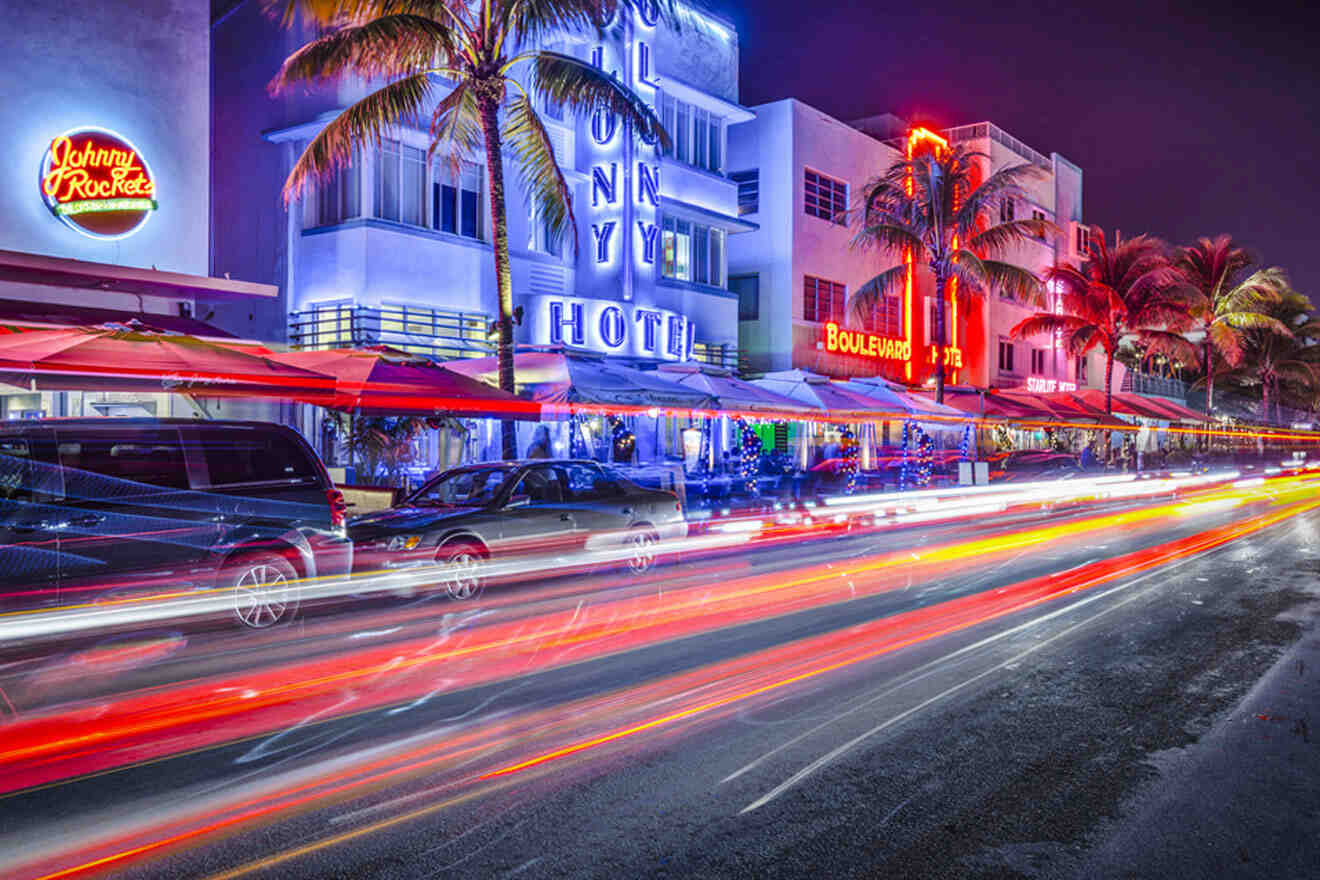Miami’s nightlife is as vibrant and pulsating as any global metropolis, making it a magnet for both revelers and real estate investors alike. The city’s after-dark scene isn’t just about entertainment—it’s a pivotal aspect of its economy, driving demand in local real estate markets and shaping its international image.
South Beach is perhaps the most iconic of Miami’s nightlife destinations. Known worldwide for its glamorous clubs and celebrity visitors, the area buzzes with an energy that fuels a premium real estate market. Condos, luxury apartments, and high-end retail spaces in South Beach command top dollar, largely due to their proximity to this bustling nightlife.
However, Miami’s nocturnal charm isn’t confined to South Beach. The city’s Design District and Wynwood neighborhoods are celebrated for their more laid-back, artsy nightlife vibes. Here, former warehouses transformed into craft breweries, chic eateries, and indie music venues attract a different kind of crowd. The real estate in these areas is increasingly sought-after, appealing to a crowd that enjoys cultural richness without the frenetic pace of South Beach.
Moreover, Brickell offers another flavor of nightlife with its upscale bars and internationally renowned restaurants. This financial district turns into a playground after office hours, where professionals loosen their ties and enjoy sophisticated cocktails and stunning skyline views. The residential properties in Brickell are particularly appealing to young professionals and investors, given the area’s seamless blend of work and play.
The economic impact of Miami’s nightlife extends beyond the immediate hospitality sector. It influences residential and commercial real estate markets, driving up property values in areas associated with vibrant night scenes. Investors and developers are keenly aware that proximity to a lively entertainment district can significantly enhance the attractiveness of a property.
Despite the allure of Miami’s nightlife, potential real estate investors should consider factors like noise levels and the transient nature of nightlife-heavy areas. While some might see proximity to nightlife as a boon, others may view it as a drawback. Thus, understanding the specific needs and preferences of the target demographic becomes crucial when investing in properties near nightlife hubs.
In conclusion, Miami’s nightlife is a robust driver of its real estate market. Whether it’s the high-octane glamour of South Beach, the cultural buzz of Wynwood, or the sophisticated appeal of Brickell, these areas offer lucrative opportunities for savvy investors. The city continues to evolve, with each neighborhood offering a unique nighttime charm that enhances its appeal and drives the local real estate market forward.


